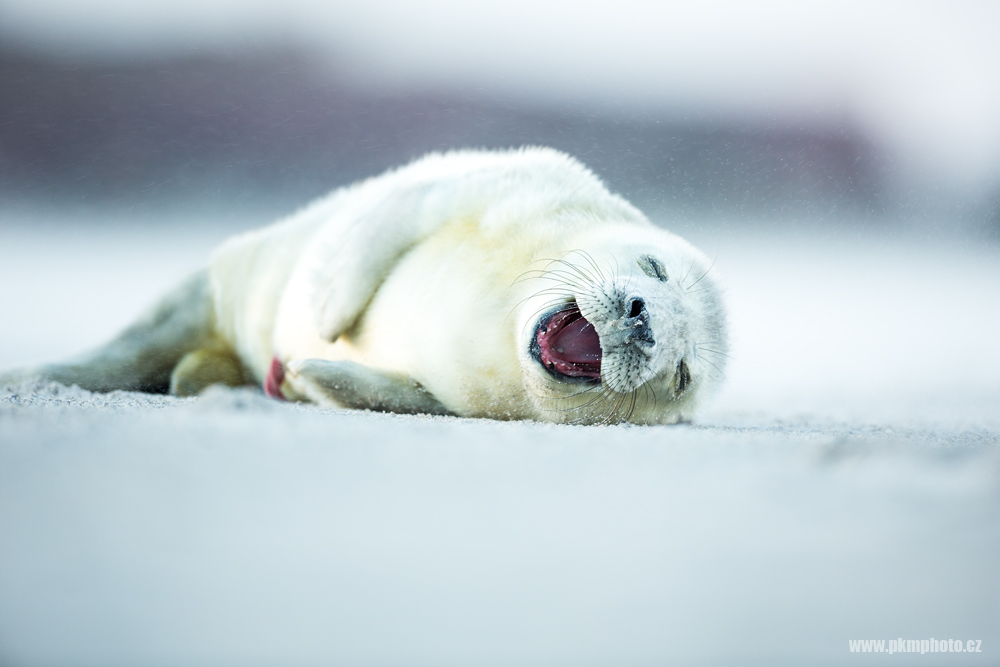
Helgoland, an island in the Northern Sea is during the season (April to September) a very nice place for both photographers as well as nature lovers. It is a bit different in the winter.
Usually a strong wind blows there.
During the winter the wind is even stronger.

Helgoland, německý ostrov v Severním moři je během sezóny (duben až září) oblíbeným místem jak fotografů, tak milovníků přírody. V zimě je situace trošičku jiná, zejména co se týče počasí.
Na Helgolandu obecně dost fouká.
V zimě ale obvykle fouká ještě více.
There are two main points of interest for photographers – a cliff with nesting northern gannets and small island Düne with a population of seals.
There are no gannets at Helgoland during the winter.

The island is about 65 kilometers far from the coast, so the most common way how to get there is by a ship. The waves could be quite high.
The waves could be even higher in the winter.

Fortunately, I did not have any issues with the seasickness. But maybe 1/3 of the passengers did. The other option is to fly from Hamburk in the small plane but I’m not definitely so brave 🙂
So, why the hell is somebody travelling here in the winter? The answer is seals. Baby seals. Young seals are being born here from the December to February. That was my goal – to see and photograph these small calfs.

Last three – four days before our journey I was contanty checking weather forecast maybe every two hours or so. I did not look good.
Extremely strong wind was heading to Europe, gaze or even a hurricane with the speed of 140 – 160 km/h, occasionaly with 200 km/h.
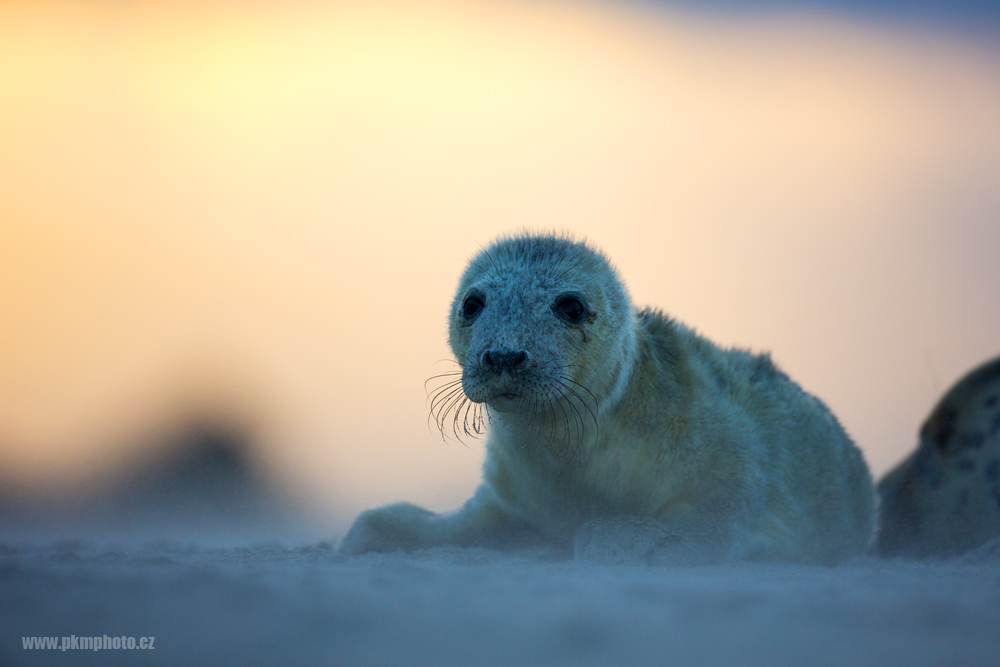
Here, I could come with an epic description how we survived the wind and how difficult it was. Well, it wouldn’t be true 🙂 The island is sort of prepared for similar situations; we were just asked to stay in the hotel and be careful. In fact those 2 days were really boring and sleepy.
And obviously the small boat taking visitors to Düne was not operating.
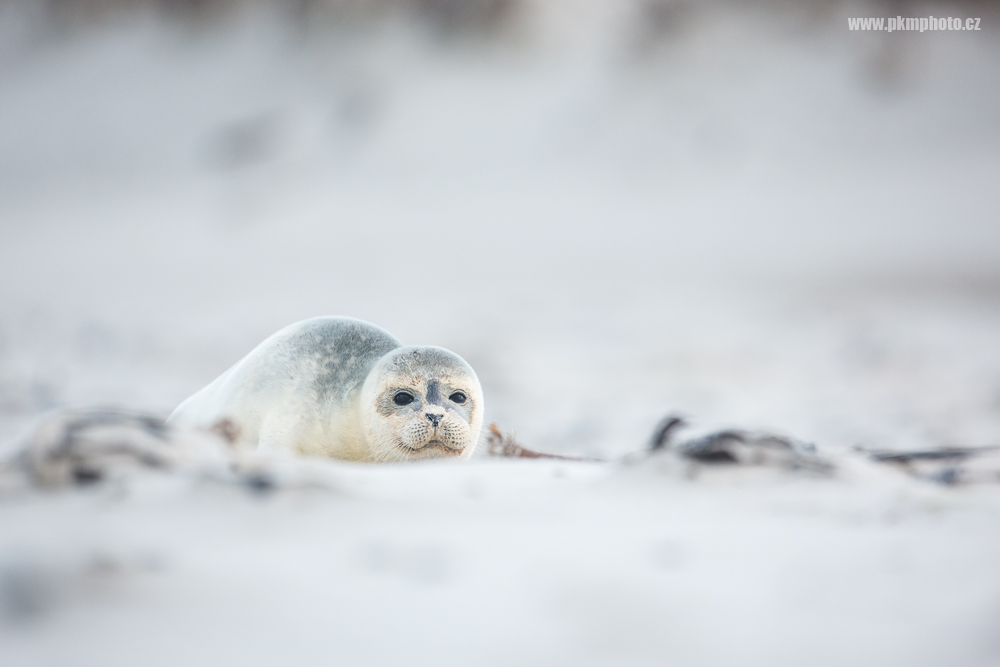
I spent my days relaxing and sometimes photographing the sea and waves.
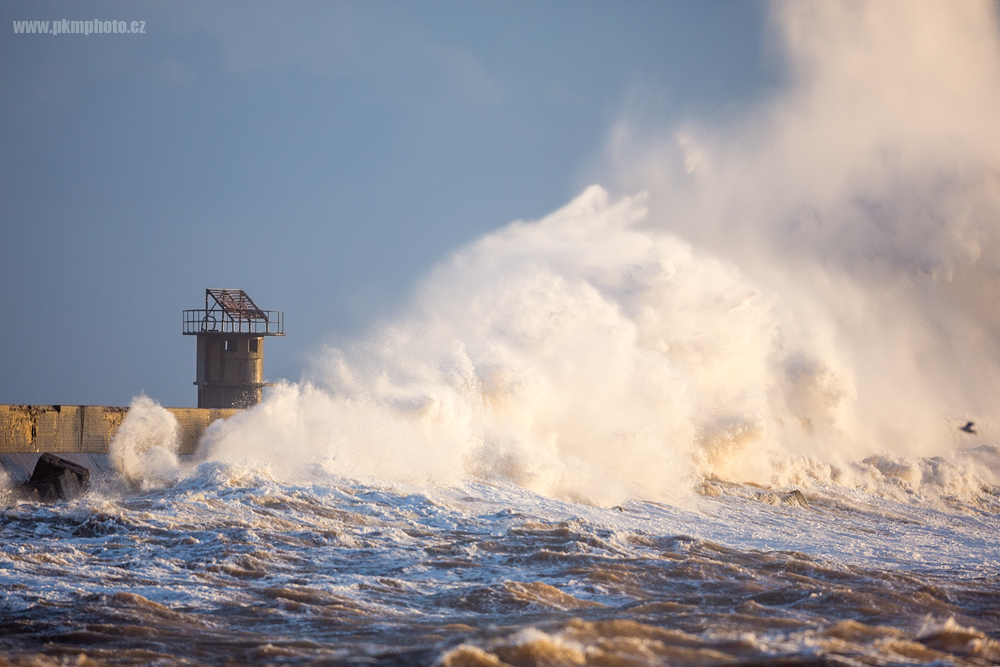

Finally, after two days there was almost no wind, waves were small and we were allowed to move to Düne to see seals. The small island was damaged significantly more, the airport was covered by the sand and seals were relaxing on the runway 🙂 But we were able to see and photograph them!
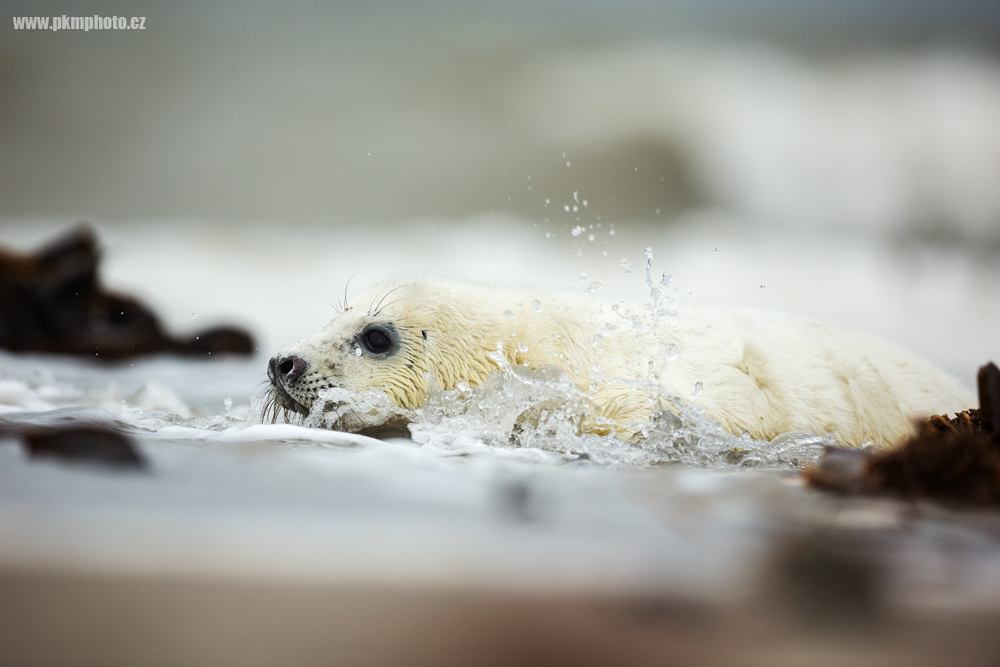
Because of the hurricane Xaver there are unfortunately not so many seal calfs as in previous years. The article in Spiegel says that 47 out of 141 newly born calfs were missing after the hurricane. And the wind moved over 50 thousands of cubic meters of sand back to the sea. Some of the mature seals were lost as well, on our way back to the mainland, 3 small seal orphans were travelling with us to a sanctuary.
And instead of three planned days we spent in Helgoland five days.
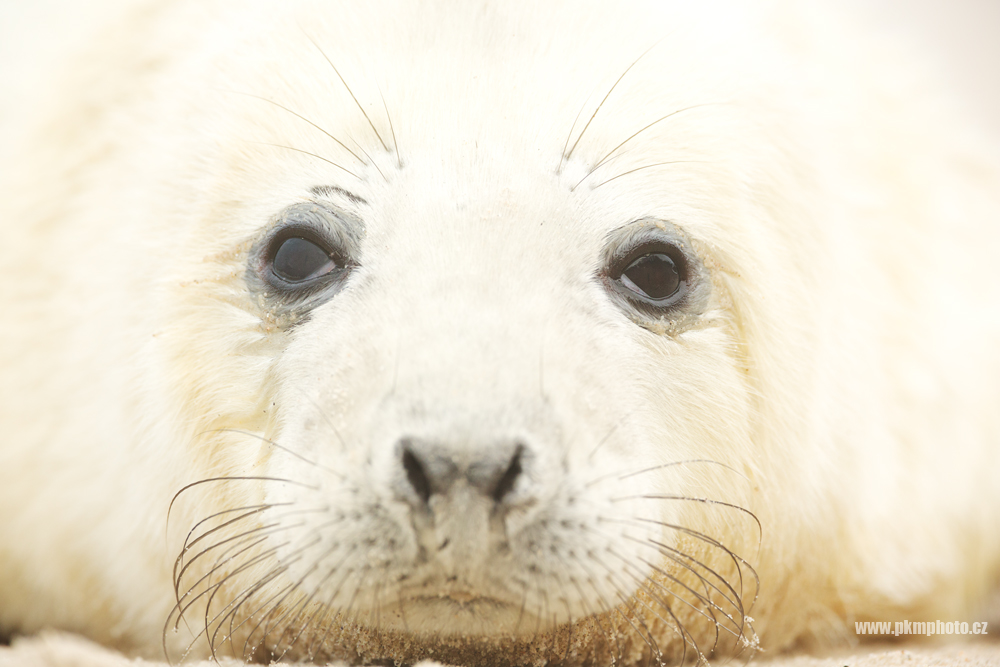
Still, it was very interesting experince and was definitely wort of it. Helgoland is beautiful even in the winter but the visits have to be prepared carefully and should consider actual weather forecast.
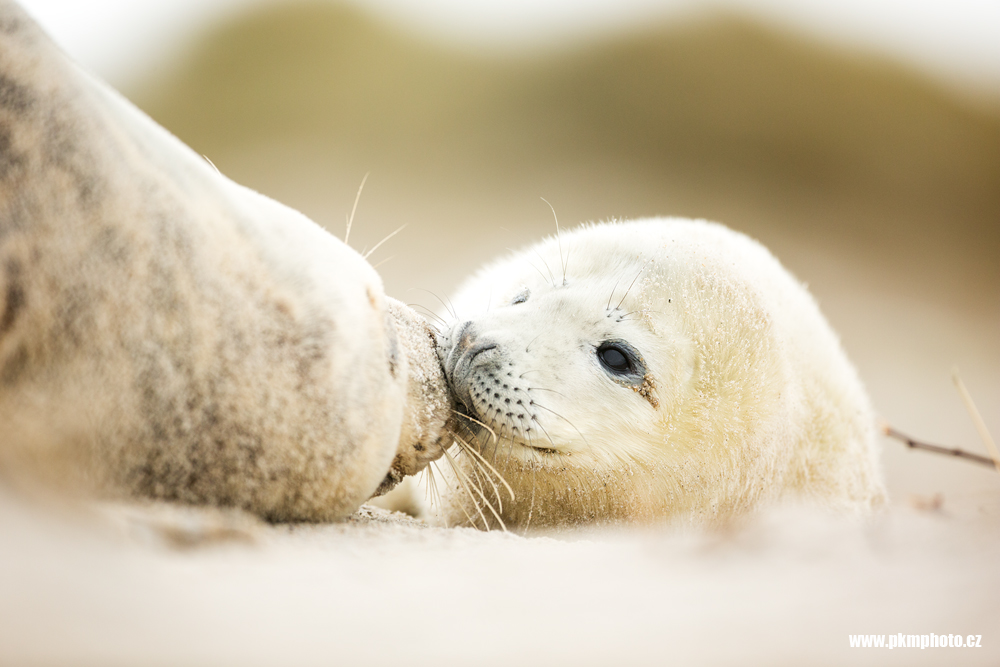
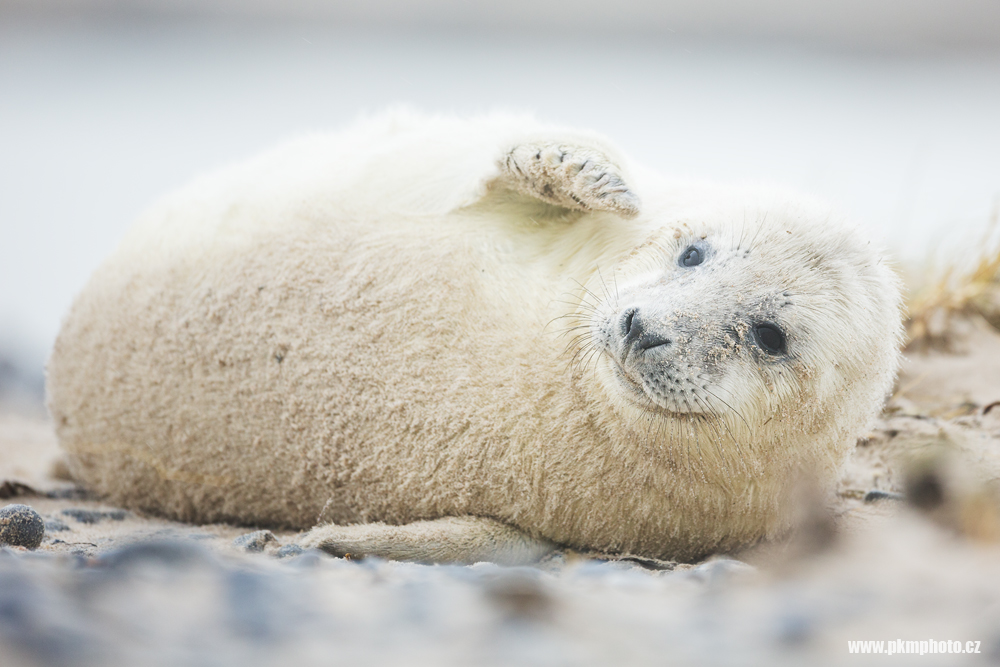
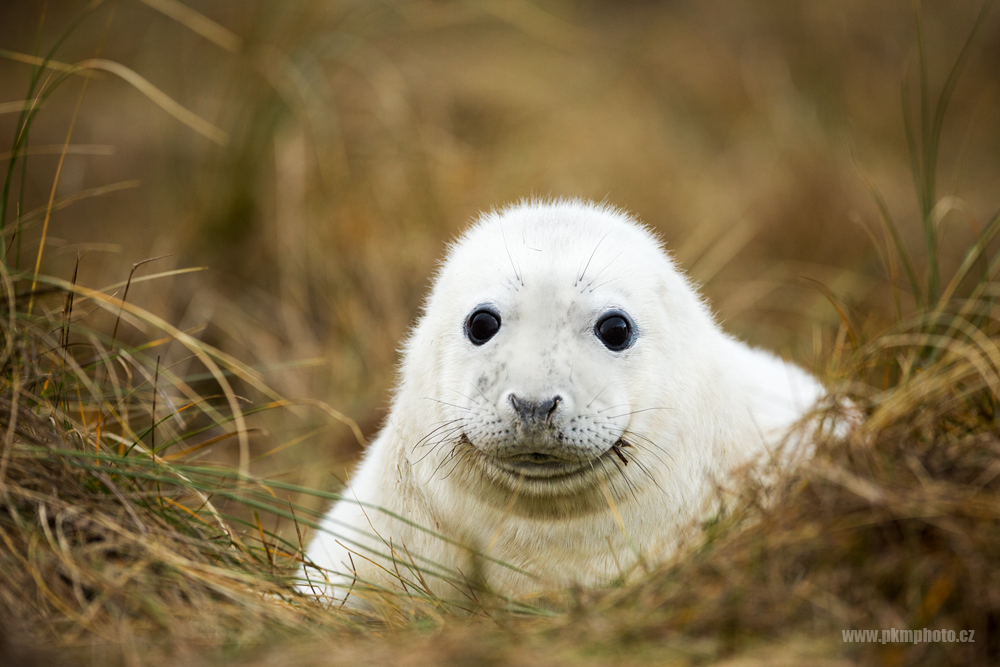
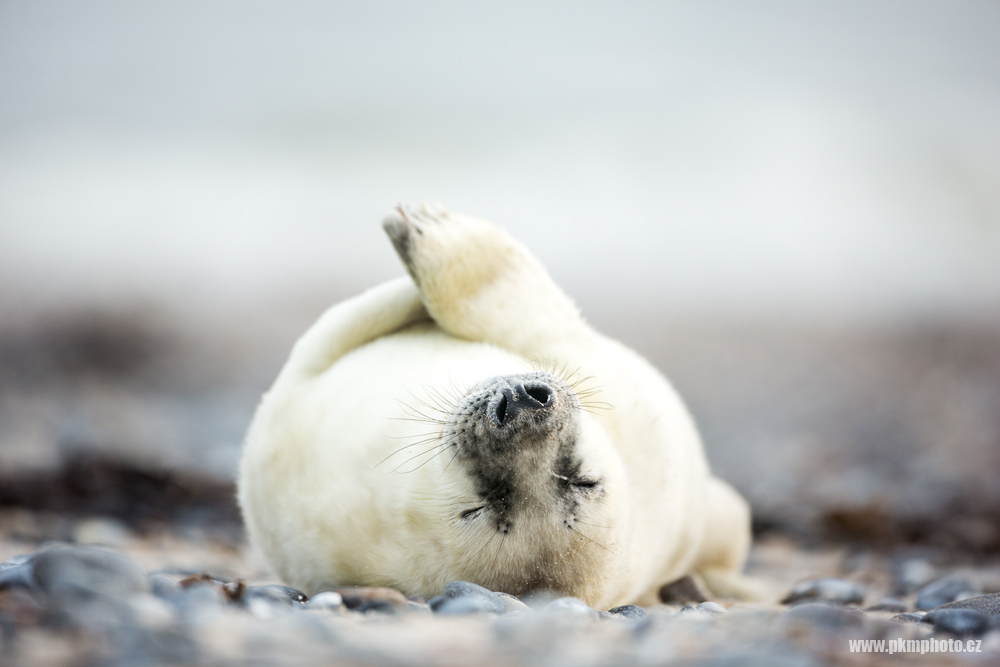
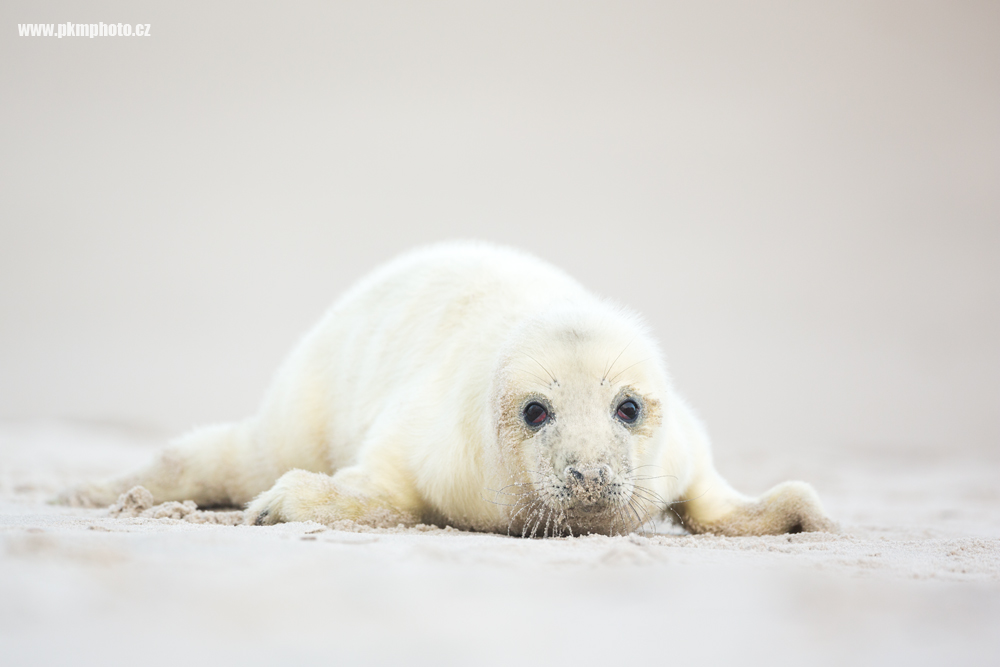
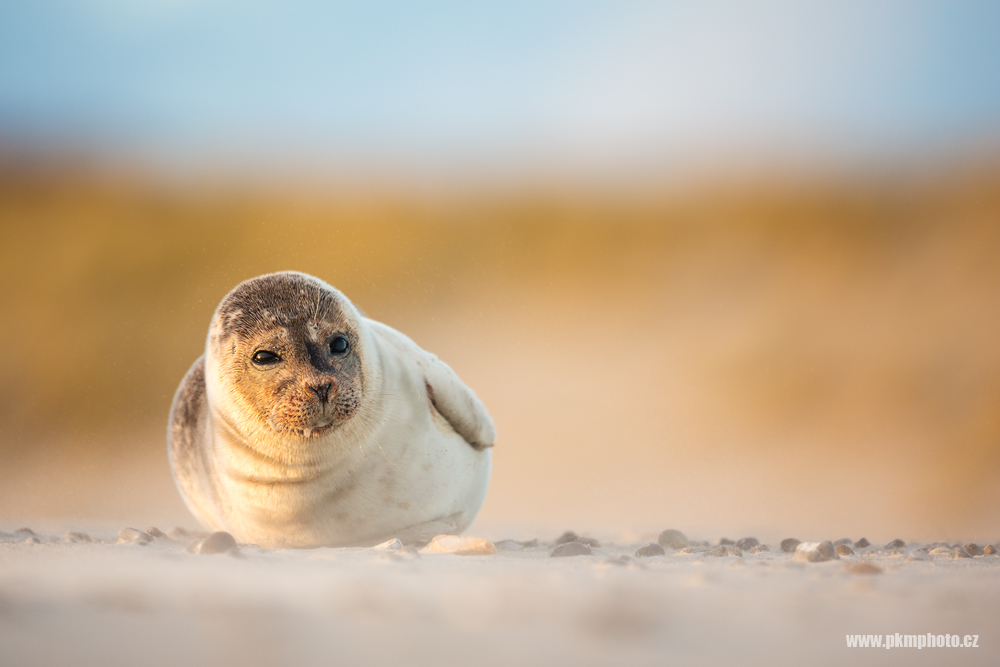







One Comment
Fantastic work, very useful inffermations, awesome images. Ciao from Italy!
One Trackback
[…] Gran Paradiso a hledal tam kozorožce, letos jsem se za nimi vypravil na rakouský HoheWand. Na Helgoland jsem se vrátil letos podruhé, tentokrát v prosinci za malými tuleni. Zážitek to byl velký, díky orkánu Xaver jsme tam […]